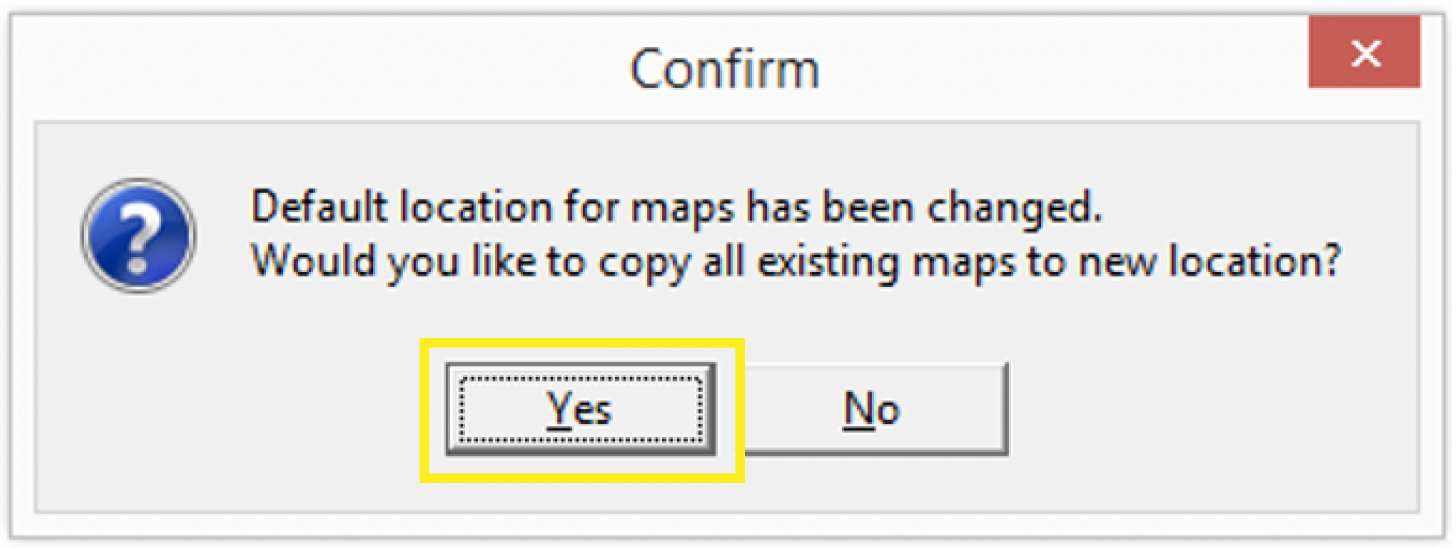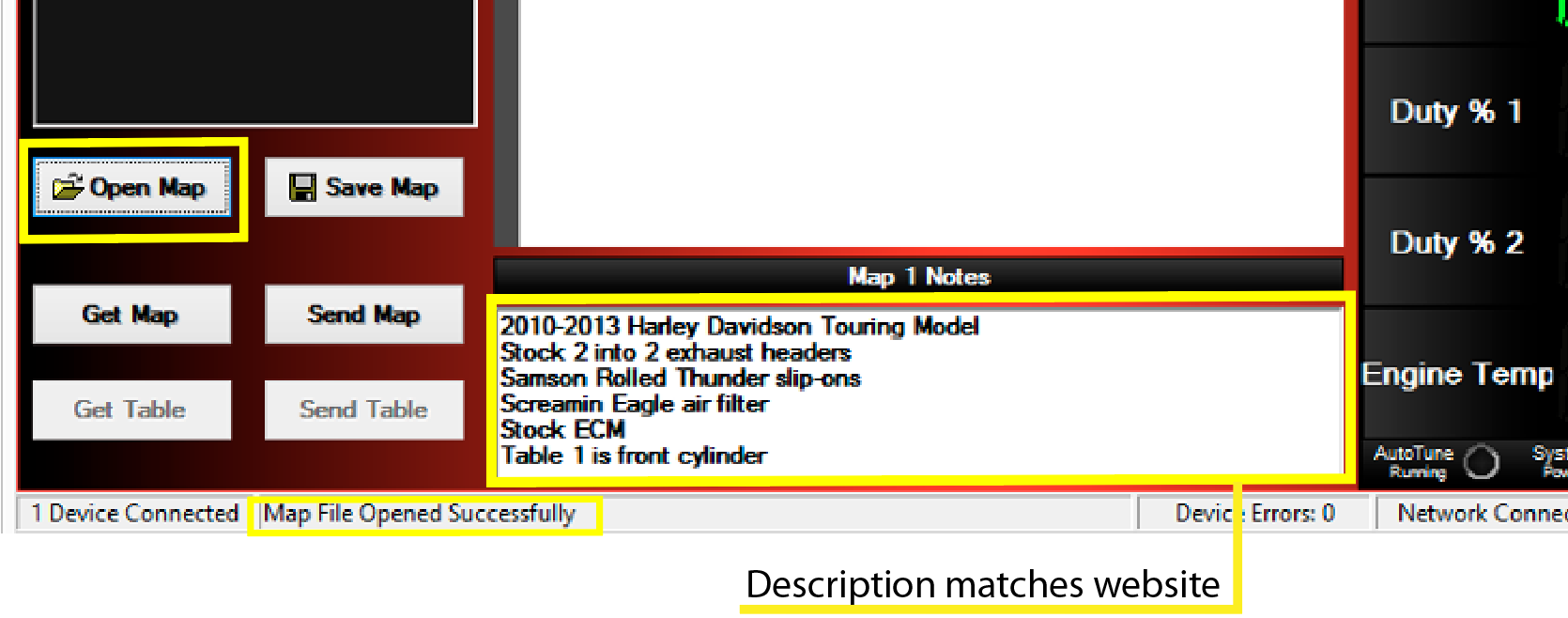Its important to install SPD drivers else Spreadtrum flash tools like Research Download, CM2 SPD etc won't be able to detect the phone. This is a collection of unsigned (.inf) drivers to be installed manually via device manager. Power Commander V (PCV) Downloads Below you will find the available manuals, installation guides, firmware, and software available for your Power Commander V. If you need help with your Power Commander V, please contact our Power Commander V Customer Support team. This package installs the software (SmartCard Reader Driver) toenable the following device. Device name Device name in the Device Manager - - SmartCard Reader driver Integrated Smart Card Reader. Oct 11, 2018 Download Virtual COMM Port Driver for use with NetBurner modules. Virtual serial port lets you interact with legacy applications or hardware. For the latest information on how COVID-19 is impacting our business, please see our updates page.
- Driver Downloader
- Dynojet Research Port Devices Driver Download For Windows 10 64-bit
- Dynojet Research Port Devices Driver Download For Windows 10 64
- Dynojet Research Port Devices Driver Download For Windows 10 32 Bit
- Dynojet Research Port Devices Driver Download For Windows 10 Windows 7
- Dynojet Research Port Devices Driver Download For Windows 10 Free
- Dynojet Research Port Devices Driver Download For Windows 10 Bit
The Windows ACPI driver, Acpi.sys, is an inbox component of the Windows operating system. The responsibilities of Acpi.sys include support for power management and Plug and Play (PnP) device enumeration. On hardware platforms that have an ACPI BIOS, the HAL causes Acpi.sys to be loaded during system startup at the base of the device tree. Acpi.sys acts as the interface between the operating system and the ACPI BIOS. Acpi.sys is transparent to the other drivers in the device tree.

Other tasks performed by Acpi.sys on a particular hardware platform might include reprogramming the resources for a COM port or enabling the USB controller for system wake-up.
In this topic
ACPI devices
The hardware platform vendor specifies a hierarchy of ACPI namespaces in the ACPI BIOS to describe the hardware topology of the platform. For more information, see ACPI Namespace Hierarchy.
For each device described in the ACPI namespace hierarchy, the Windows ACPI driver, Acpi.sys, creates either a filter device object (filter DO) or a physical device object (PDO). If the device is integrated into the system board, Acpi.sys creates a filter device object, representing an ACPI bus filter, and attaches it to the device stack immediately above the bus driver (PDO). For other devices described in the ACPI namespace but not on the system board, Acpi.sys creates the PDO. Acpi.sys provides power management and PnP features to the device stack by means of these device objects. For more information, see Device Stacks for an ACPI Device.
A device for which Acpi.sys creates a device object is called an ACPI device. The set of ACPI devices varies from one hardware platform to the next, and depends on the ACPI BIOS and the configuration of the motherboard. Note that Acpi.sys loads an ACPI bus filter only for a device that is described in the ACPI namespace and is permanently connected to the hardware platform (typically, this device is integrated into the core silicon or soldered to the system board). Not all motherboard devices have an ACPI bus filter.
All ACPI functionality is transparent to higher-level drivers. These drivers must make no assumptions about the presence or absence of an ACPI filter in any given device stack.
Driver Downloader

Acpi.sys and the ACPI BIOS support the basic functions of an ACPI device. To enhance the functionality of an ACPI device, the device vendor can supply a WDM function driver. For more information, see Operation of an ACPI Device Function Driver.
An ACPI device is specified by a definition block in the system description tables in the ACPI BIOS. A device's definition block specifies, among other things, an operation region, which is a contiguous block of device memory that is used to access device data. Only Acpi.sys modifies the data in an operation region. The device's function driver can read the data in an operation region but must not modify the data. When called, an operation region handler transfers bytes in the operation region to and from the data buffer in Acpi.sys. The combined operation of the function driver and Acpi.sys is device-specific and is defined in the ACPI BIOS by the hardware vendor. In general, the function driver and Acpi.sys access particular areas in an operation region to perform device-specific operations and retrieve information. For more information, see Supporting an Operation Region.
ACPI control methods
ACPI control methods are software objects that declare and define simple operations to query and configure ACPI devices. Control methods are stored in the ACPI BIOS and are encoded in a byte-code format called ACPI Machine Language (AML). The control methods for a device are loaded from the system firmware into the device's ACPI namespace in memory, and interpreted by the Windows ACPI driver, Acpi.sys.
To invoke a control method, the kernel-mode driver for an ACPI device initiates an IRP_MJ_DEVICE_CONTROL request, which is handled by Acpi.sys. For drivers loaded on ACPI-enumerated devices, Acpi.sys always implements the physical device object (PDO) in the driver stack. For more information, see Evaluating ACPI Control Methods.
ACPI specification
The Advanced Configuration and Power Interface Specification (ACPI 5.0 specification) is available from the Unified Extensible Firmware Interface Forum website.
Revision 5.0 of the ACPI specification introduces a set of features to support low-power, mobile PCs that are based on System on a Chip (SoC) integrated circuits and that implement the connected standby power model. Starting with Windows 8 and later versions, the Windows ACPI driver, Acpi.sys, supports the new features in the ACPI 5.0 specification. For more information, see Windows ACPI design guide for SoC platforms.
ACPI debugging
System integrators and ACPI device driver developers can use the Microsoft AMLI debugger to debug AML code. Because AML is an interpreted language, AML debugging requires special software tools.
Dynojet Research Port Devices Driver Download For Windows 10 64-bit

For more information about the AMLI debugger, see ACPI Debugging.
Microsoft ACPI source language (ASL) compiler
For information about compiling ACPI Source Language (ASL) into AML, see Microsoft ASL Compiler.
Dynojet Research Port Devices Driver Download For Windows 10 64
Version 5.0 of the Microsoft ASL compiler supports features in the ACPI 5.0 specification.
The ASL compiler is distributed with the Windows Driver Kit (WDK).
The ASL compiler (asl.exe) is located in the ToolsarmACPIVerify, Toolsarm64ACPIVerify, Toolsx86ACPIVerify, and Toolsx64ACPIVerify directories of the installed WDK, for example, C:Program Files (x86)Windows Kits10Toolsx86ACPIVerify.
NVIDIA TITAN Series:GeForce GTX TITAN X, GeForce GTX TITAN, GeForce GTX TITAN Black, GeForce GTX TITAN Z
Dynojet Research Port Devices Driver Download For Windows 10 32 Bit
GeForce GTX 980 Ti, GeForce GTX 980, GeForce GTX 970, GeForce GTX 960
GeForce GTX 780 Ti, GeForce GTX 780, GeForce GTX 770, GeForce GTX 760, GeForce GTX 760 Ti (OEM), GeForce GTX 750 Ti, GeForce GTX 750, GeForce GTX 745, GeForce GT 740, GeForce GT 730, GeForce GT 720, GeForce GT 710, GeForce GT 705
GeForce GTX 690, GeForce GTX 680, GeForce GTX 670, GeForce GTX 660 Ti, GeForce GTX 660, GeForce GTX 650 Ti BOOST, GeForce GTX 650 Ti, GeForce GTX 650, GeForce GTX 645, GeForce GT 645, GeForce GT 640, GeForce GT 630, GeForce GT 620, GeForce GT 610, GeForce 605
Dynojet Research Port Devices Driver Download For Windows 10 Windows 7
GeForce GTX 590, GeForce GTX 580, GeForce GTX 570, GeForce GTX 560 Ti, GeForce GTX 560 SE, GeForce GTX 560, GeForce GTX 555, GeForce GTX 550 Ti, GeForce GT 545, GeForce GT 530, GeForce GT 520, GeForce 510
Dynojet Research Port Devices Driver Download For Windows 10 Free
GeForce 400 Series:Dynojet Research Port Devices Driver Download For Windows 10 Bit
GeForce GTX 480, GeForce GTX 470, GeForce GTX 465, GeForce GTX 460 SE v2, GeForce GTX 460 SE, GeForce GTX 460, GeForce GTS 450, GeForce GT 440, GeForce GT 430, GeForce GT 420
